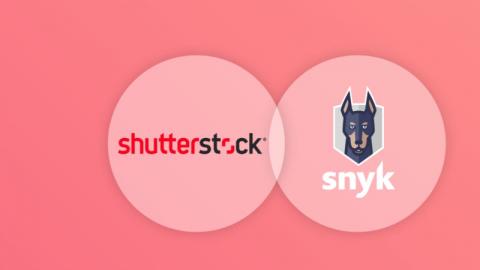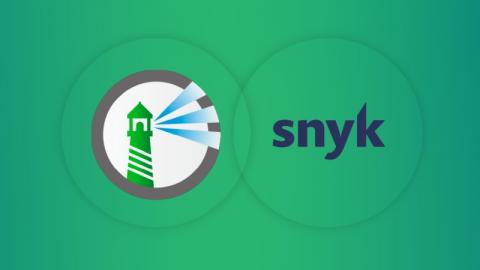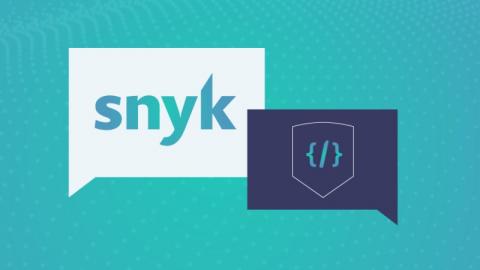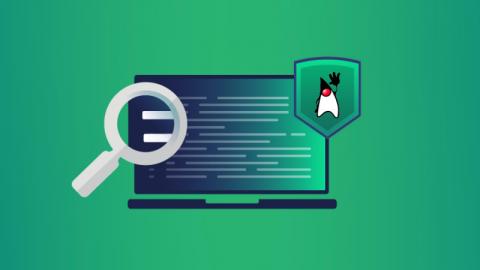5 ways to prevent code injection in JavaScript and Node.js
Writing secure code in a way that prevents code injection might seem like an ordinary task, but there are many pitfalls along the way. For example, the fact that you (a developer) follow best security practices doesn’t mean that others are doing the same. You’re likely using open source packages in your application. How do you know if those were developed securely? What if insecure code like eval() exists there? Let’s dive into it.











